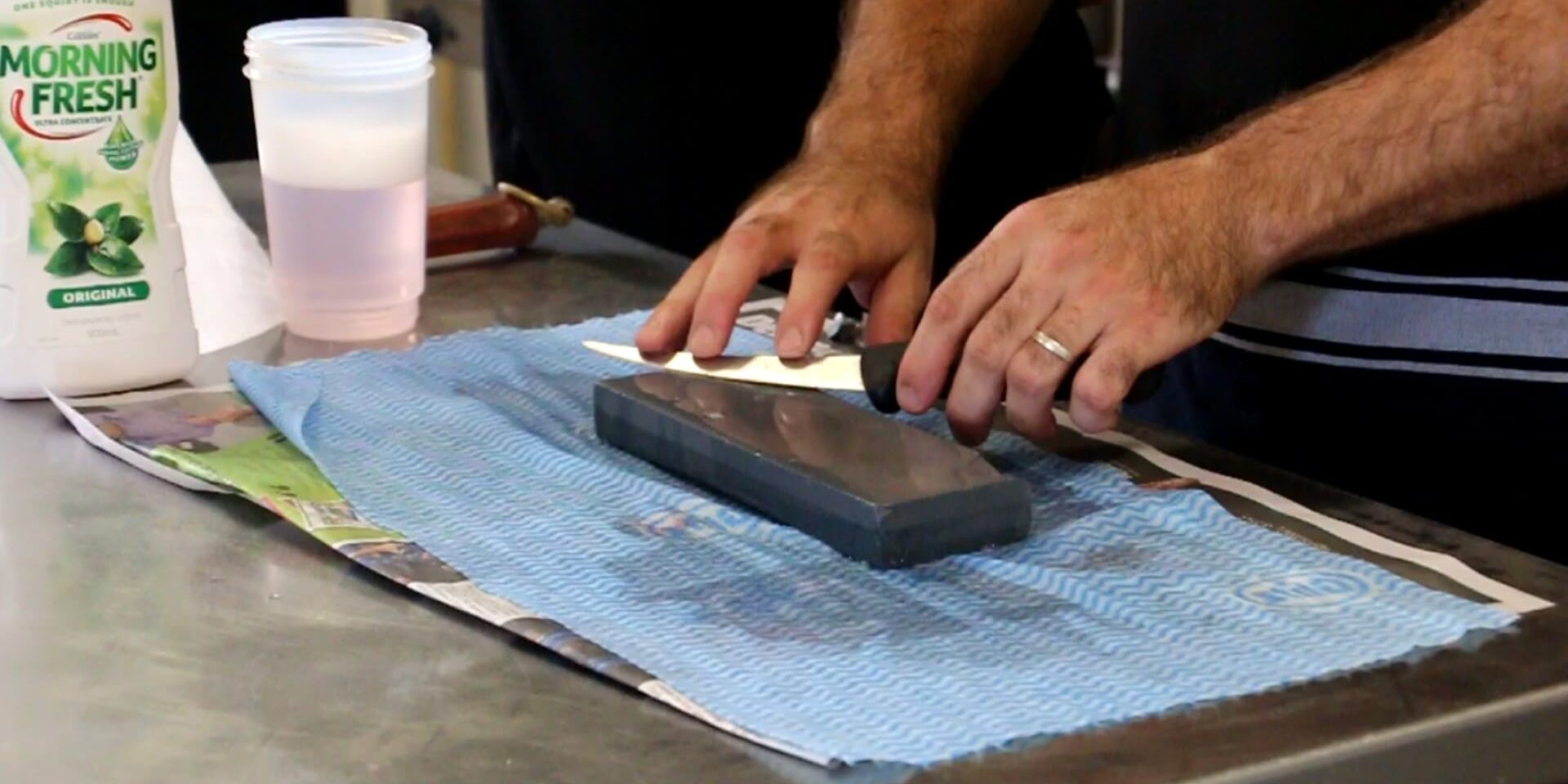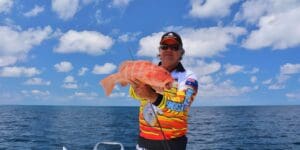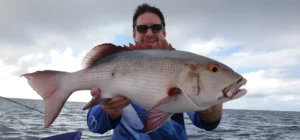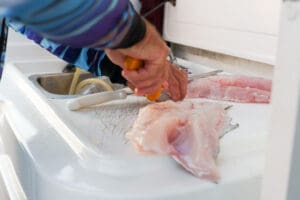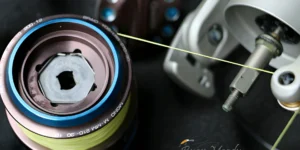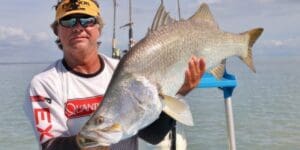No one knows how to sharpen a knife better than a butcher. Today we talk to Callan from Cardwell Butchery about how to sharpen a filleting knife. so that it holds it’s edge.
Keeping your knife razor sharp is the key to good fillets and getting the most flesh from the fish frame.
For this example Callan uses an oil stone and finishes with a knife sharpening steel.
Firstly, although it’s called an oil stone we use soapy water for lubrication.
New knives can be sharpened using the “smooth” side of the stone. However over time the knife will build up a “shoulder” making it hard to hold an edge.
That’s when we use the rough side to knock the shoulders off.
If you don’t undertake this part of the process regularly, you’ll have trouble with the knife holding an edge.
It’s imperative to have a sharp knife or you’ll ruin your fillets. We demonstrate the best way to fillet a fish >> here.
Callan provides a diagram at the end of the video to assist understanding of the correct angles to use.
He also suggests you focus a bit more on the knife tip as that is what does all the hard work.
Especially if you fillet a fish with nodules like the King Threadfin.
Watch the video below as we demonstrate the techniques and tools used to sharpen a filleting knife and keep it sharp!
Many thanks to Callan for assisting with our knife sharpening demo.
Cardwell Butchery stocks THE BEST rib fillet, has great country style service and is probably one of the most scenic butchers in the country being right on the beach front at Cardwell, far north Queensland.
Drop in on the way to the Cape.
Be sure and drop in and see Callan if you are on your way to the Cape or come fishing in Hinchinbrook.
He gets all the good oil from customers about where the fish are biting.
Feel free to add your own knife sharpening tips and tricks in the comments at the bottom of this page.
For more great tips, check out some of our past blog posts below;



